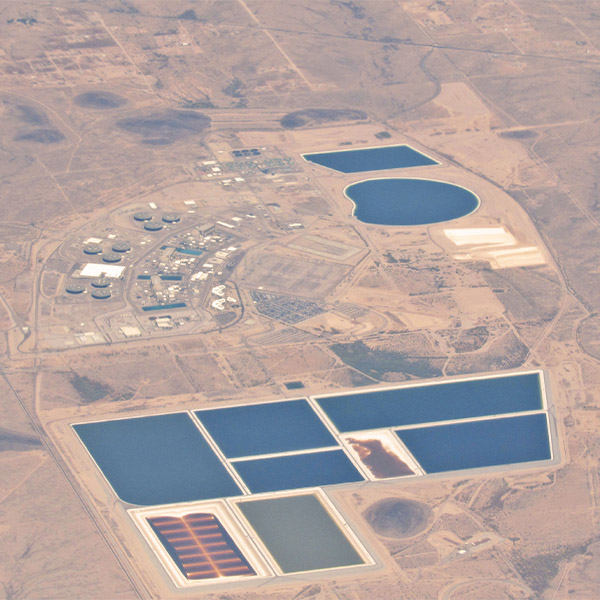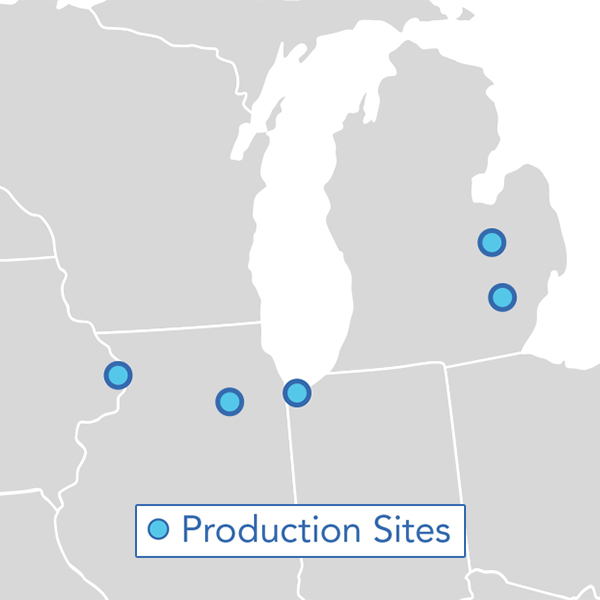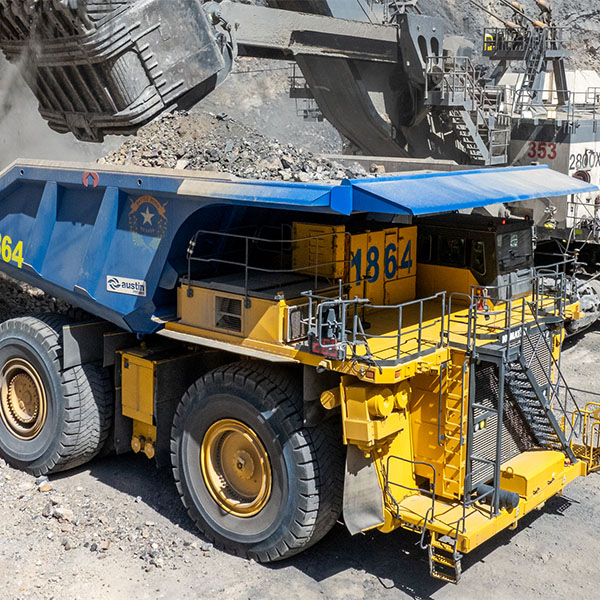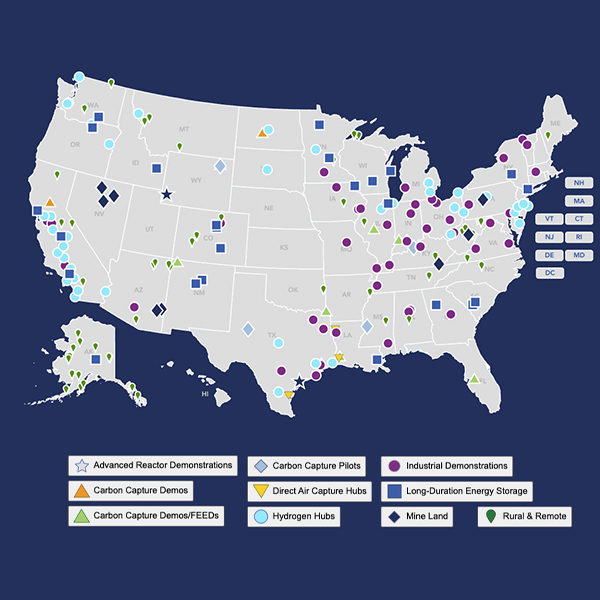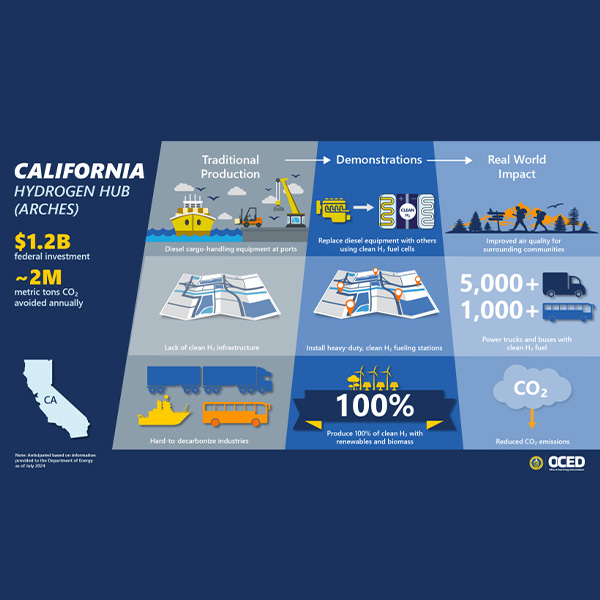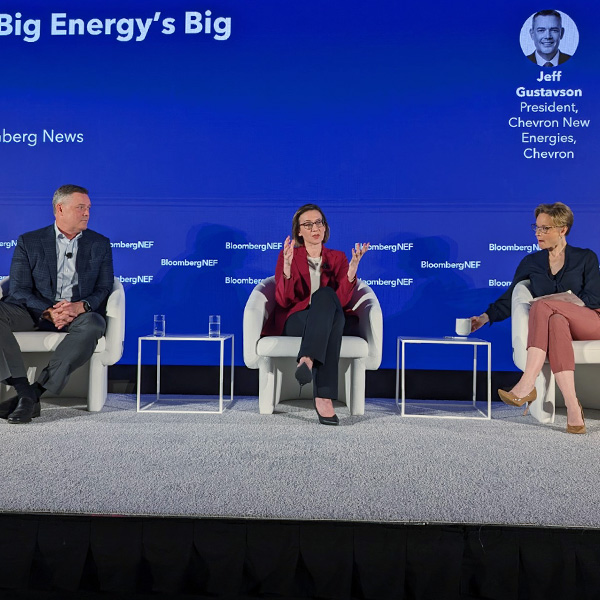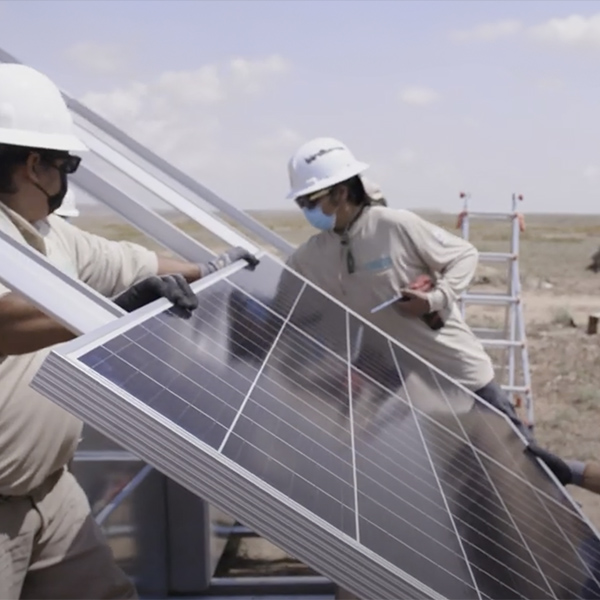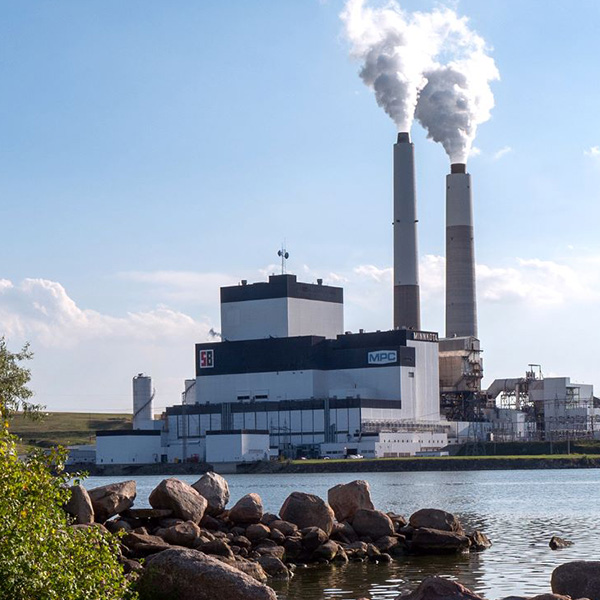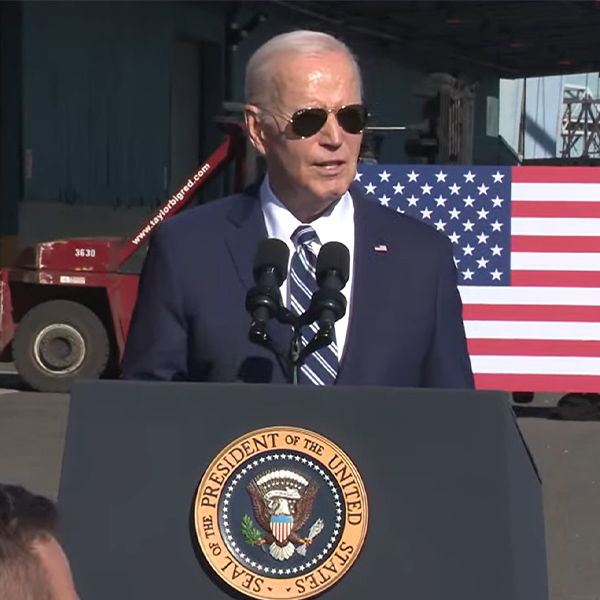DOE Office of Clean Energy Demonstrations (OCED)
Government job cuts have been a major theme of the Trump administration, and while DOE has faced some cuts former officials say are already significant, many more employees are going to leave in the months to come.
Arizona Public Service, Salt River Project and Tucson Electric Power announced they are jointly exploring the possibility of adding nuclear generation.
DOE has announced $2.2 billion in funding commitments to two hydrogen hubs: the HyVelocity hub on the Gulf Coast and the Midwest Alliance for Clean Hydrogen hub in four Midwestern states.
The best way to Trump-proof the IRA funds is to get them out the door as quickly as possible, some advocates are saying. Unspent money could be at risk of never being spent.
Signed into law Aug. 16, 2022, the IRA is the largest federal investment in climate and clean energy action in history, and leading up to the IRA’s second anniversary, the Department of Energy and other agencies have heralded the law’s impact and benefits.
California became the first state in the U.S. to officially launch a hydrogen hub, with the announcement of a funding agreement with the Department of Energy.
A series of presentations and panels at the BloombergNEF Summit provided a measure of the industry’s success in crafting a narrative based on a “balanced” and well-paced transition that includes cutting egregious emissions and scaling carbon capture and storage technologies.
About 300 off-grid homes in the Hopi and Navajo nations soon could have electricity from solar and storage systems paid for with part of $366 million in federal funding.
Coming on the heels of COP28 in Dubai - and its weak call for a reduction in fossil fuel use - some researchers and advocates continue to argue that the normalization of CCS will simply prolong the burning of fossil fuels and the emissions they produce.
The hydrogen hubs reflect an attempt to balance the conflicting political and energy industry interests that went into the bipartisan infrastructure bill.
Want more? Advanced Search

